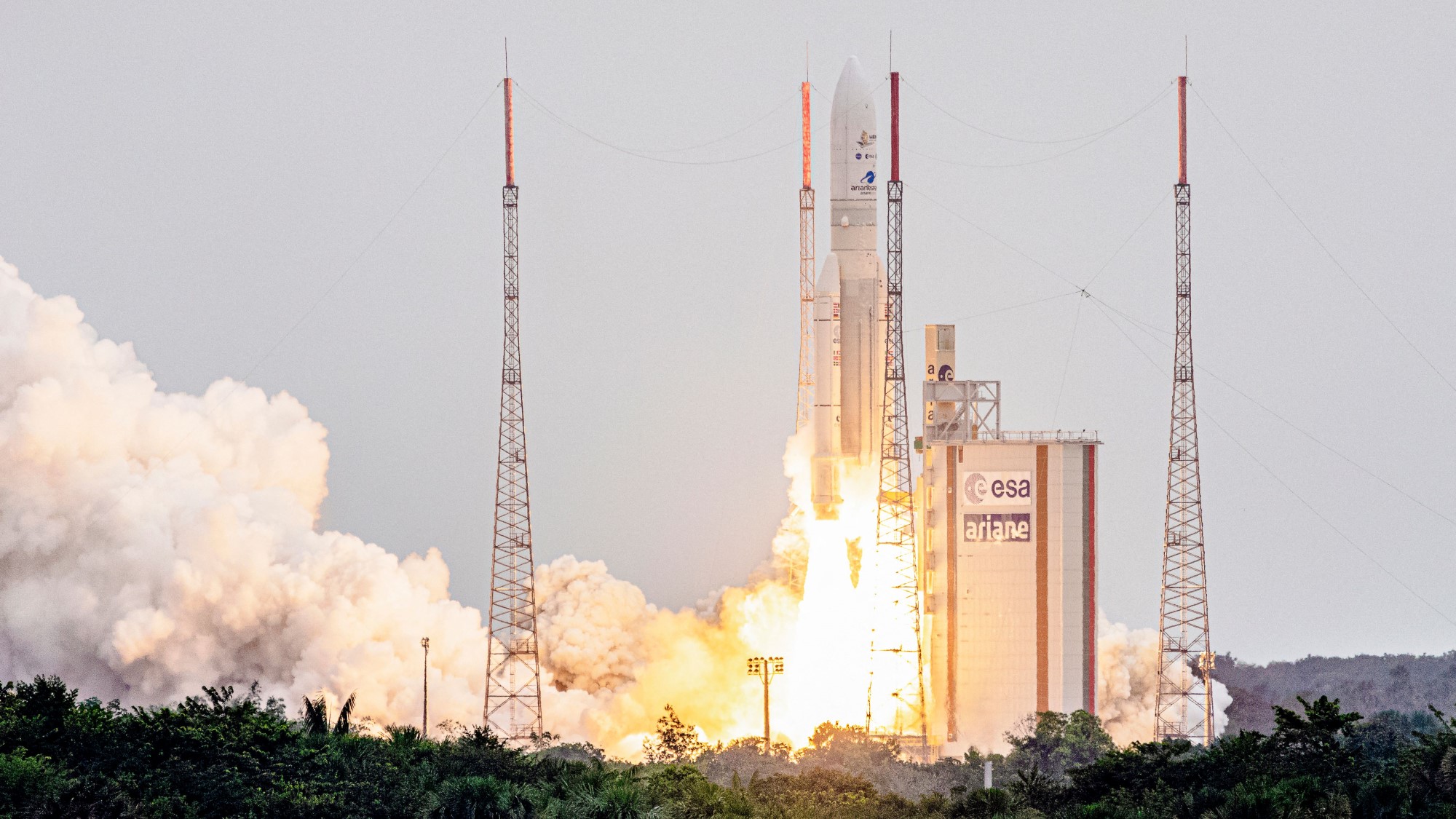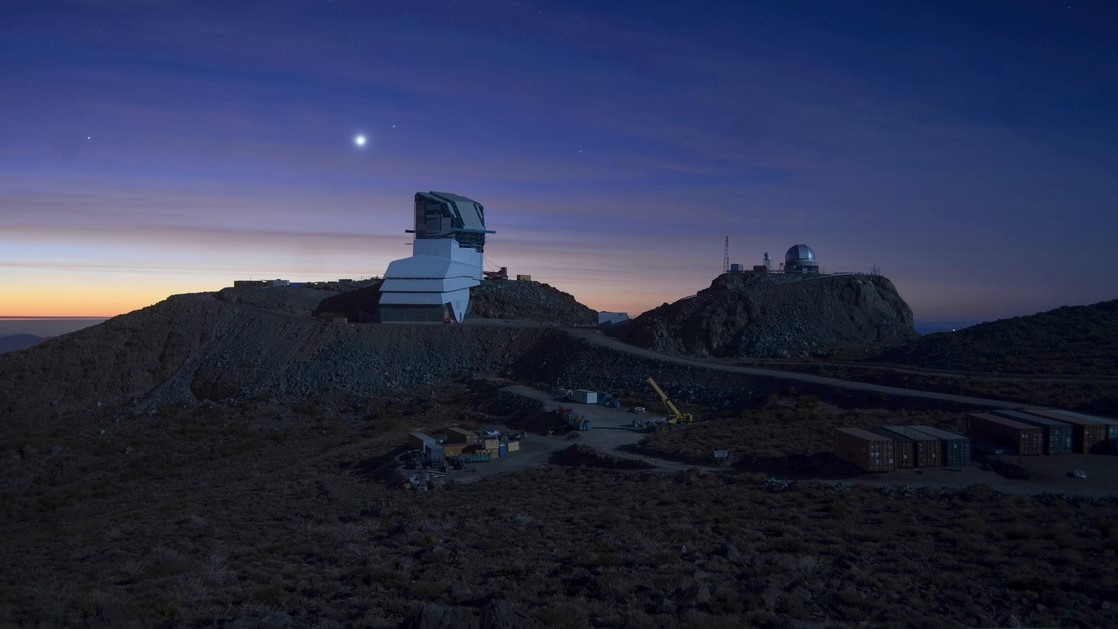After the James Webb Space Telescope, what's the next big thing for astronomers?
John Mather spent decades making the James Webb Space Telescope a reality. Here's what he thinks could come next.

What takes over 20,000 engineers and hundreds of scientists to build? A space telescope — specifically, the James Webb Space Telescope.
Thankfully, the effort was well worthwhile, with a plethora of incredible results from NASA's newest observatory in its first six months of science operations. But what comes next? John Mather, a Nobel-winning astronomer and a leading force behind the James Webb Space Telescope (Webb or JWST), shared his visions of what all those engineers and scientists may tackle next on Thursday (Jan. 12), the final day of the 241st meeting of the American Astronomical Society held in Seattle and virtually.
Mather's involvement in astronomy traces back to before even the Hubble Space Telescope's launch in 1990, when the first ideas for the Next Generation Space Telescope (which later became JWST) were thrown around in the 1980s. To make a dream like JWST come true required decades of innovation by countless scientists and engineers, including inventing "new flavors of detectors" for the telescope to make the observations they hoped for.
Related: James Webb Space Telescope's best images of all time (gallery)
And the next big astronomical goals will require similar dedication and creativity, Mather said. JWST "is a demonstration that we can do hard things," he said in his speech at the convention. "And we're going to continue to do hard things."
Some goals are closer than others, and there are so many out there swirling in the minds of astronomers. "I cannot possibly tell you all the wonderful things that are coming, so I'll tell you the ones that interest me the most," Mather said.
There are a number of exciting new observatories coming online in the coming months and years, including the European mission Euclid and NASA's Nancy Grace Roman Space Telescope that will both search for clues in the long-standing mysteries of dark matter and dark energy. The Vera Rubin Observatory, a giant project currently under construction in the high deserts of Chile, will survey the whole sky looking for small changes, known as transients. Astronomers think the observatory will spot millions of points of interest each night — so many that it'll be a challenge to sift through them all. "Maybe that ChatGPT thing will help," Mather joked.
Breaking space news, the latest updates on rocket launches, skywatching events and more!
Looking a bit further down the road, the next hugely ambitious project is the so-called "Habitable Worlds Observatory" — the mega-successor to Hubble and JWST, recommended by an important committee known as the Astro2020 Decadal Survey.
Mather said that he thinks this project is well within reach, and could even be easier to complete than JWST, which notoriously struggled to meet budgets and deadlines. Because rocket technology is continually improving — and getting cheaper — he suggested it may even be possible to assemble the Habitable Worlds Observatory and other next-generation telescopes in space instead of on the ground.
And it's not all about space telescopes. Mather said he's looking forward to seeing how giant telescopes around 98 feet (30 meters) in diameter revolutionize astronomy here on the ground, too.
And he's dreaming even bigger than the official NASA plans: Maybe someday these ground-based behemoths will even work in tandem with space observatories in what Mather calls "hybrid space-ground" setups. For example, one key technique of ground-based astronomers relies on little contraptions called coronagraphs that block out stars and reveal faint nearby planets. Perhaps someday, Mather posited, we could fly a giant starshade in orbit and match it up with the telescope on the ground.
Where such ambitions might take us isn't clear, but to date, every time our technology has improved, we've learned leaps and bounds about the universe — often finding something completely unknown. Mather ended his talk by rhetorically asking what we'll see with all this new technology. "I don't know," he said, "but a whole lot more details and a whole lot further away than you can now."
Follow the author at @briles_34 on Twitter. Follow us on Twitter @Spacedotcom and on Facebook.

Briley Lewis (she/her) is a freelance science writer and Ph.D. Candidate/NSF Fellow at the University of California, Los Angeles studying Astronomy & Astrophysics. Follow her on Twitter @briles_34 or visit her website www.briley-lewis.com.

